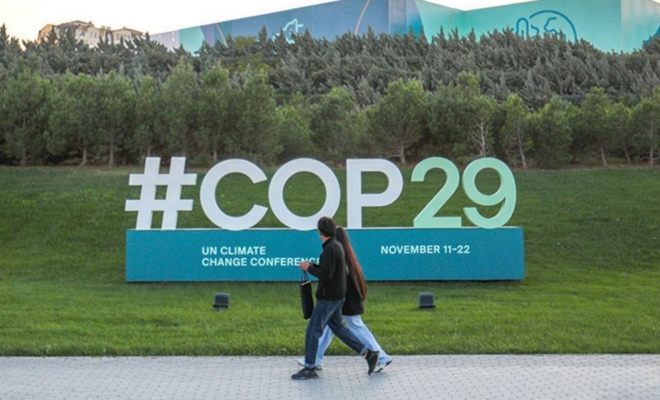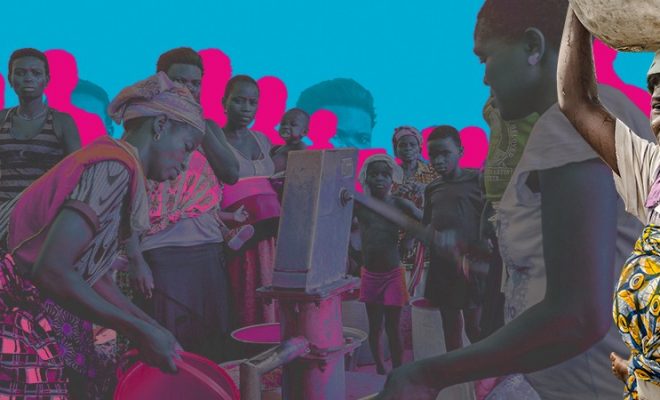The fight to reduce greenhouse gas (GHG) emissions and halt biodiversity loss is at a crossroads. The goal of the Paris Agreement—to limit global warming to 1.5 °C—seems increasingly out of reach. Yet amid this climate crisis, water—long overlooked in climate summits—has begun to take on the strategic role it deserves. Since COP26 in Glasgow in 2021, the creation of the Water Pavilion marked a turning point. It has since gained growing relevance at the Conferences of the Parties, becoming one of the leading platforms for integrating the water cycle into climate mitigation and adaptation strategies.
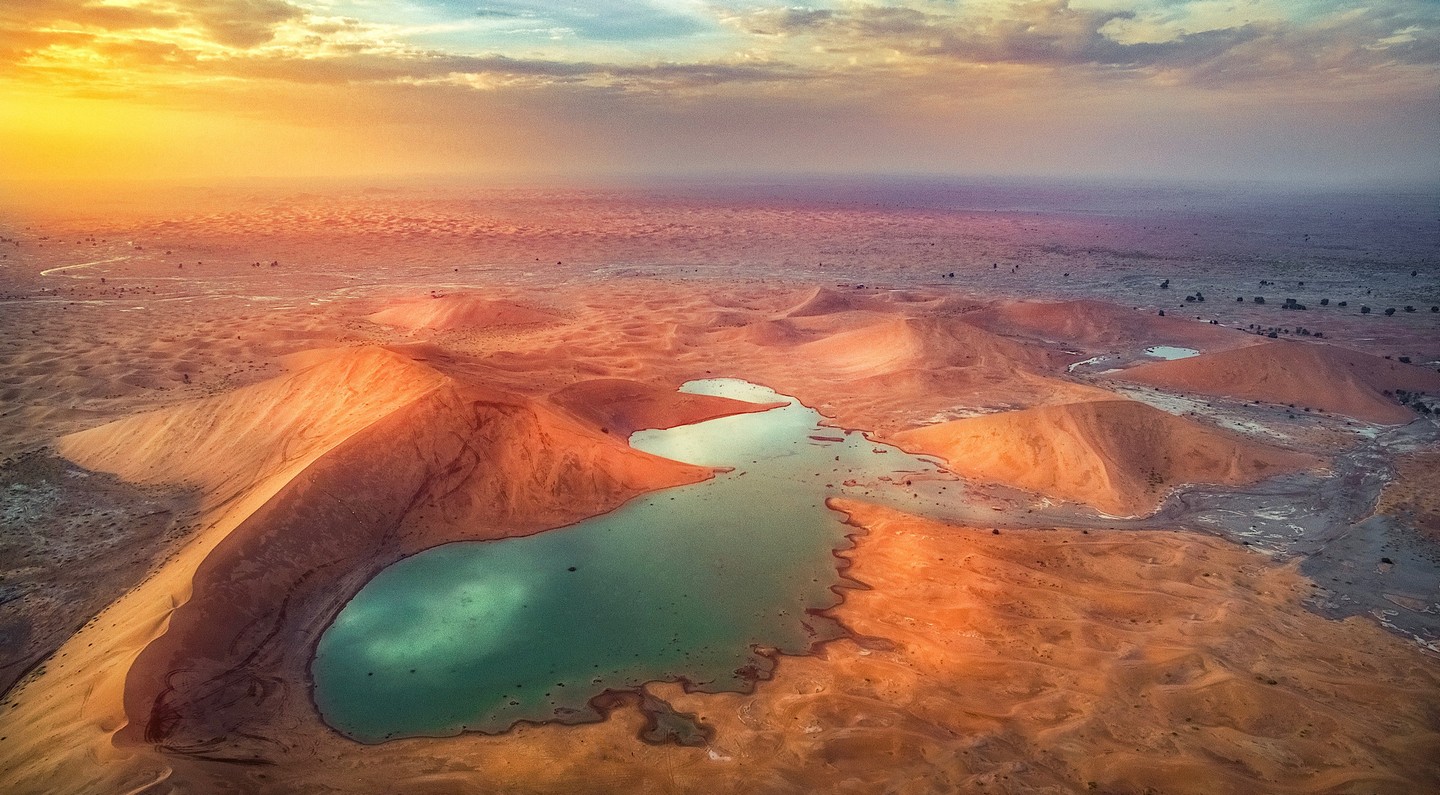
Water not only suffers the impacts of global warming, it can also play an active role in mitigating it. © Said Alshukaili /WMO
Over the last two COPs, our Foundation has collaborated with the Stockholm International Water Institute (SIWI) and the Alliance for Global Water Adaptation (AGWA) in designing the platform’s content, based on a conviction supported by scientific evidence: reducing emissions is not enough—without effective water management, there is no viable climate future.
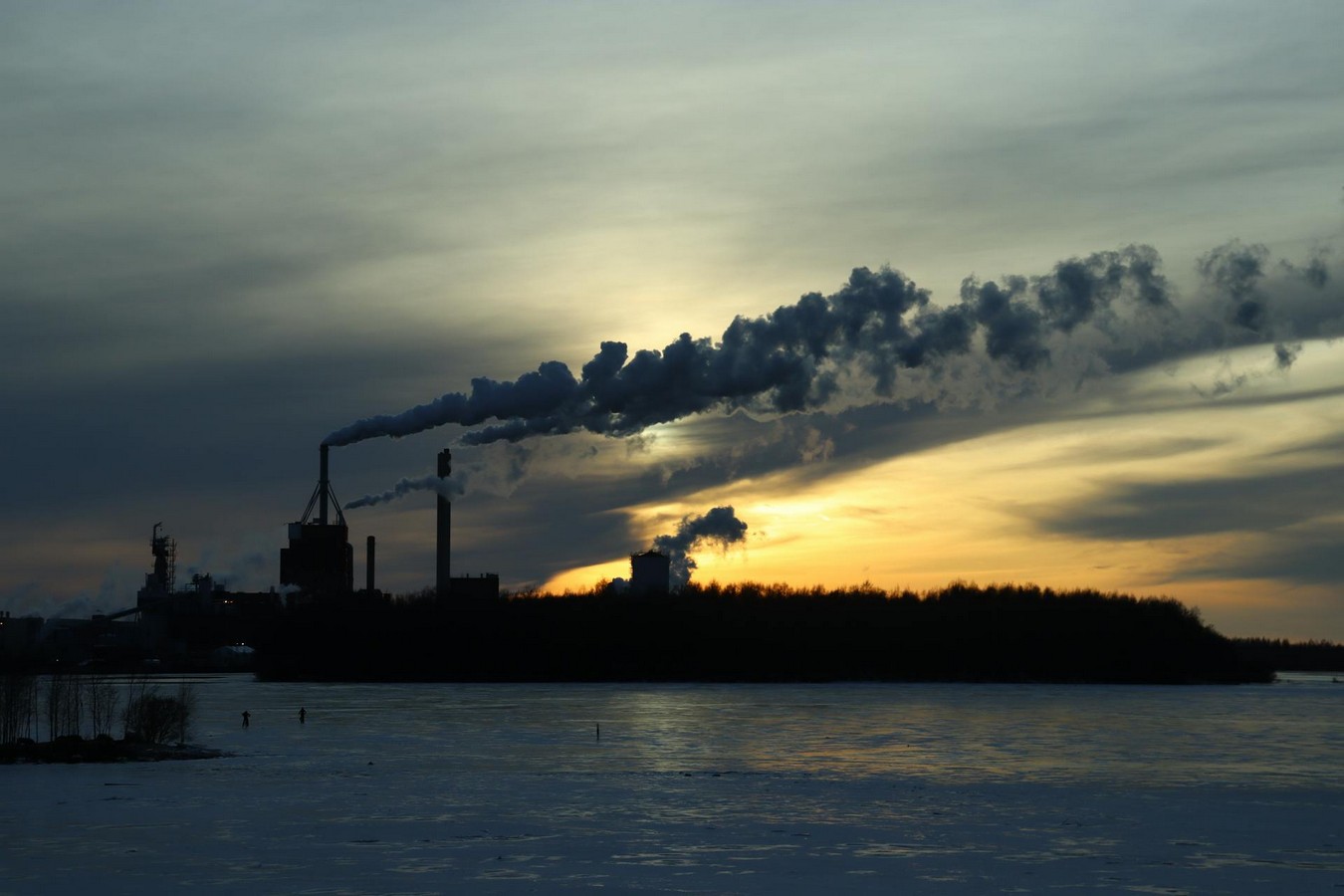
The fight to reduce greenhouse gas (GHG) emissions and halt biodiversity loss is at a crossroads. © Tino Álvarez
Beyond Adaptation: Active Mitigation
In this context, SIWI has issued a renewed call to take a decisive step toward a paradigm shift: to abandon the view of water as a passive resource—merely a victim of climate change relegated to adaptation strategies—and instead recognise it as an active agent in climate mitigation.
And rightly so. Water cuts across all essential human activity sectors: energy, agriculture, ecosystems, cities… We cannot achieve climate neutrality without considering the water cycle and its availability. We need intelligent, cross-cutting, and coordinated water management, fully integrated into all levels of climate action.
This approach was strongly endorsed at the World Water Week, held this past August in Stockholm, where we had the opportunity to participate. There, SIWI reaffirmed the principles laid out in the report Unpacking Freshwater’s Role in Climate Change Mitigation—a key document that synthesises scientific evidence and highlights a series of under-recognised connections between water and climate mitigation in both public discourse and political agendas.
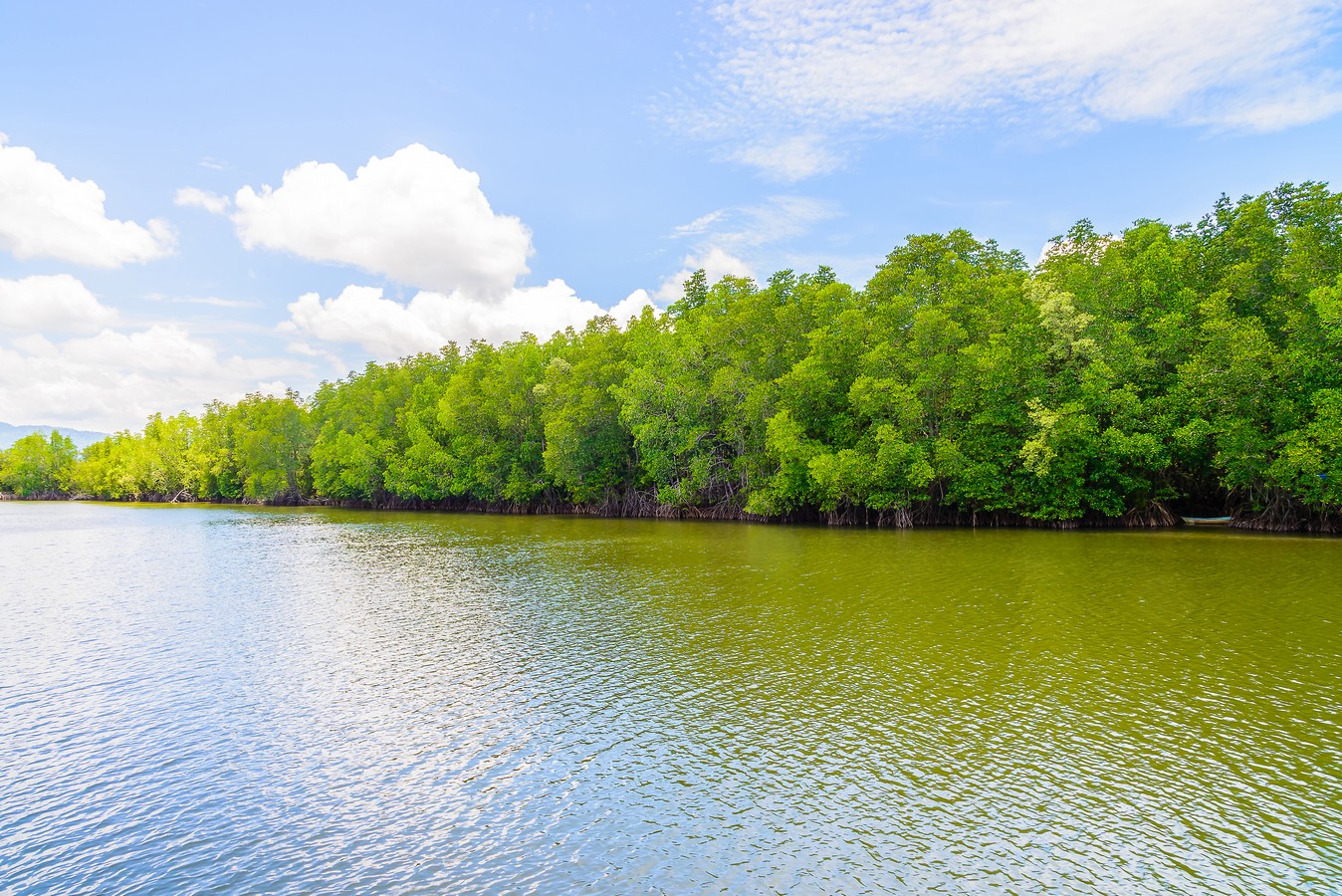
Five Keys to Rethinking Water
The report outlines five core ideas for rethinking the role of water in climate action:
- Water is a critical factor for the effectiveness of renewable energies As explored in previous articles, growing pressure on water resources forces us to reconsider the energy–water nexus. Many clean energy technologies are not water-neutral. For instance, bioenergy with carbon capture and storage (BECCS)—often seen as a key pathway to net zero—requires large amounts of water for irrigation and processing, creating potential conflicts in water-scarce regions. Even technologies such as geothermal, solar thermal, or nuclear power require water for cooling systems, so their climate viability must include a careful assessment of water impact.
- Sanitation is a silent source of greenhouse gases that must be addressed
Recent research has illuminated the significant role sanitation can play in reducing emissions. Wastewater treatment is estimated to account for at least 5% of global methane emissions, and new studies have revealed high levels of methane, carbon dioxide (CO₂), and nitrous oxide (N₂O) from commonly used sanitation systems in lower-income countries.
For example, a study in Kampala, Uganda, found that its sanitation sector generates 189 kilotons of CO₂ equivalent per year. As we’ve previously discussed, much of these emissions come from anaerobic digestion in pit latrines and septic tanks, especially when poorly maintained, and from treatment plants where methane is not captured. These are overlooked but effective pathways for climate mitigation.
- Aquatic ecosystems can be allies… or threats
Wetlands, mangroves, peatlands, and healthy lakes are major carbon sinks. For instance, mangroves can store up to four times more carbon per hectare than tropical forests. However, when degraded by urbanisation, pollution, or drainage, they become net emitters, releasing centuries of stored carbon. Preserving and restoring these ecosystems is doubly valuable: it protects water and stabilises the climate.
Northern peatlands (in Siberia, Canada, and Alaska) are particularly relevant, many of which sit atop permafrost. As they thaw, the stored organic material begins to decompose, releasing CO₂ and, in waterlogged areas, methane (CH₄). These once-frozen peatlands risk becoming powerful sources of greenhouse gases rather than sinks, triggering a climate feedback loop: warming leads to more emissions →, which leads to more warming.
- Nature-based solutions offer multiple benefits
This was one of the main topics we addressed at the last COP16: We urgently need a nature-based economy—regenerative and inclusive, one that genuinely supports the communities most in need, especially Indigenous peoples, who are often the stewards of biodiversity.
Restoring rivers, wetlands, and watersheds improves water quality and availability, enhances carbon capture, and strengthens the climate resilience of entire regions. Working with natural systems offers enormous mitigation potential at low cost, especially in rural and vulnerable contexts.
- Climate change weakens the ability of ecosystems to mitigate
The water cycle, increasingly disrupted by prolonged droughts, erratic rainfall, and deforestation, threatens ecosystems’ ability to act as carbon sinks. Without hydrological balance, even systems that absorb carbon may lose capacity and become net emitters.The message is clear: water management must not be sidelined in the fight against climate change. To ensure mitigation strategies are both effective and sustainable, they must also be “water-sensitive.” This requires profound shifts in governance, public policy, spatial planning, and investment in technology and nature-based solutions.
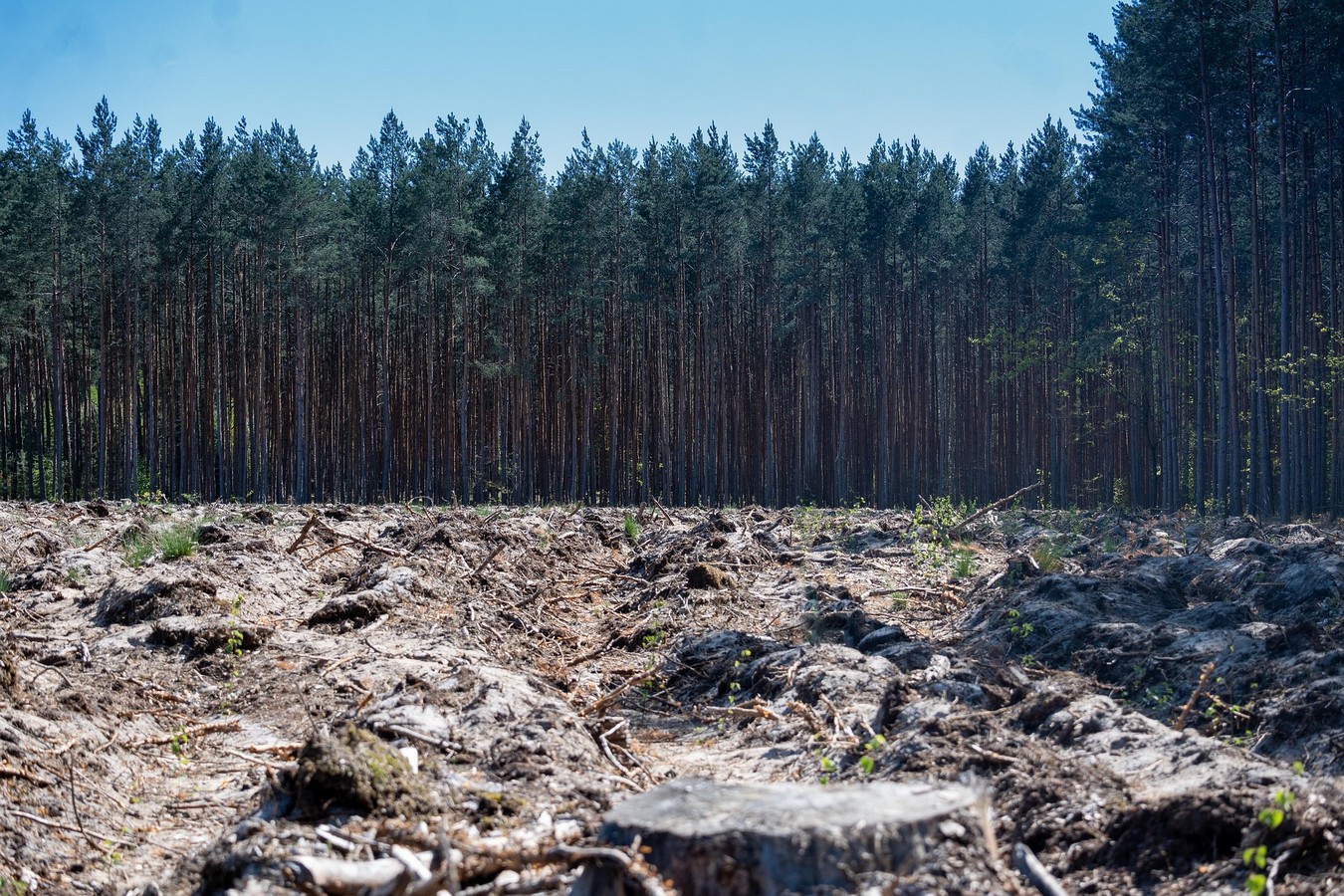
The water cycle, increasingly disrupted by prolonged droughts, erratic rainfall, and deforestation, threatens ecosystems’ ability to act as carbon sinks. © Elżbieta Michta/pixabay



